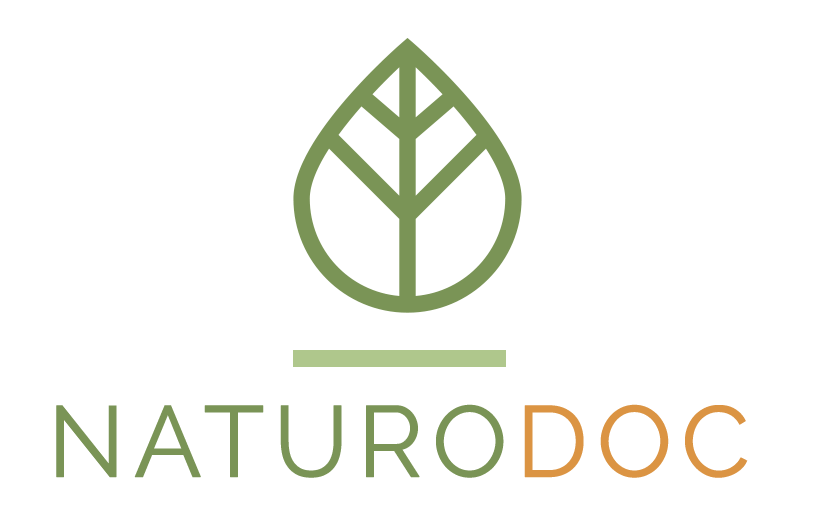Calcium Sources
Calcium Sources, Inhibitors, and Requirements
By Thomas Stearns Lee, NMD
Calcium is an important mineral for bones, teeth, and metabolism. Here are some useful tables and lists that show what foods are good sources of calcium. Also shown are what factors are inhibitors of calcium assimilation, and particular times when the body requires more calcium. Finally, we list some protein sources that contain significant amounts of calcium.
Calcium Sources
Food Calcium in Milligrams (mg) Hijiki 1,400 Wakame 1,300 Kelp 1,099 Kombu 800 Brick cheese 682 Dried wheat or barley grass 514 Sardines 443 Agar-agar 400 Nori 260 Almonds 233 Amaranth grain 222 Hazelnuts 209 Parsley 203 Turnip greens 191 Brazil nuts 186 Sunflower seeds 174 Watercress 151 Garbanzo beans 150 Quinoa 141 Black beans 135 Pistachios 135 Pinto beans 135 Kale 134 Spirulina 131 Yogurt 121 Milk 119 Collard greens 117 Sesame seeds 110 Chinese cabbage 106
Calcium Inhibitors
Coffee, soft drinks, and diuretics.
Excesses of protein, especially meat.
Refined sugar or too much of any concentrated sweetener or sweet-flavored food.
Alcohol, marijuana, and cigarettes.
Too little or too much exercise.
Excess salt.
The Solanum genus of vegetables. (Tomatoes, potatoes, eggplant, and bell peppers contain the calcium inhibitor solanine.)
Times of Increased Calcium Requirements
During periods of growth in childhood and adolescence.
During pregnancy and lactation.
During old age: Older people assimilate less calcium.
During rapid mental/spiritual growth.
Women have greater needs after menopause.
In the presence of heart and vascular disease, including hypertension (high blood pressure).
Bone disorders, including bone deterioration, easily fractured bones, arthritis, and tooth-and-gum problems, including pyorrhea.
Most nervous system disorders.
Protein Sources That Include Calcium
Source
mg
Tofu 100 Walnuts 99 Okra 82 Salmon 79 Cottage cheese 60 Eggs 56 Brown rice 33 Bluefish 23 Halibut 13 Chicken 11 Ground beef 10 Mackerel 5
What About Taking Coral Calcium?
We are often asked about the advisability of taking coral calcium, so we are offering up the following position statement.
Coral calcium is a natural and bioavailable form of calcium. But there are other forms of this vital nutrient that are just as effective, more affordable, and do not involve the destruction of an endangered natural resource like a living coral reef. At NaturoDoc, we don’t recommend using many wonderful natural products because they are endangered in this crowded modern world. Tiger’s bone, bear gall, and rhinocerous horn are examples of powerful substances that can be replaced with more sustainable products. Likewise, calcium from herbal and oyster shell sources can be just as useful as coral calcium.
